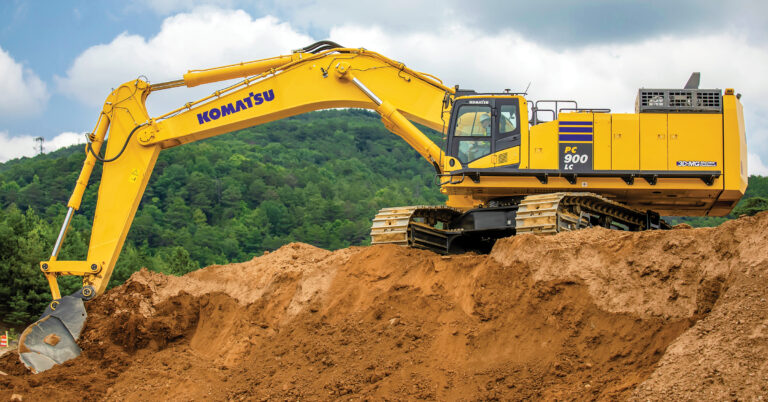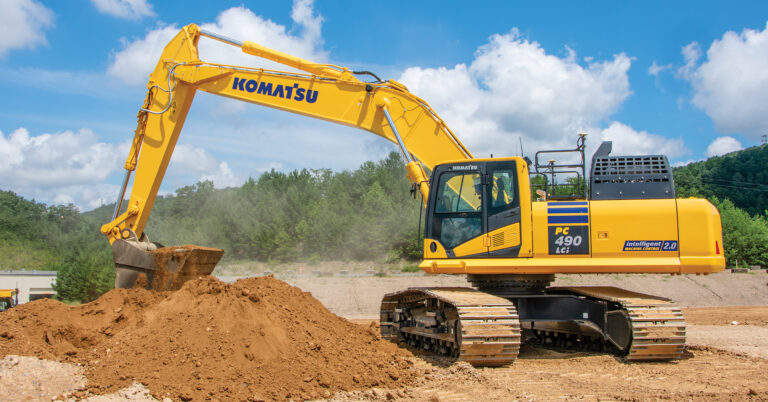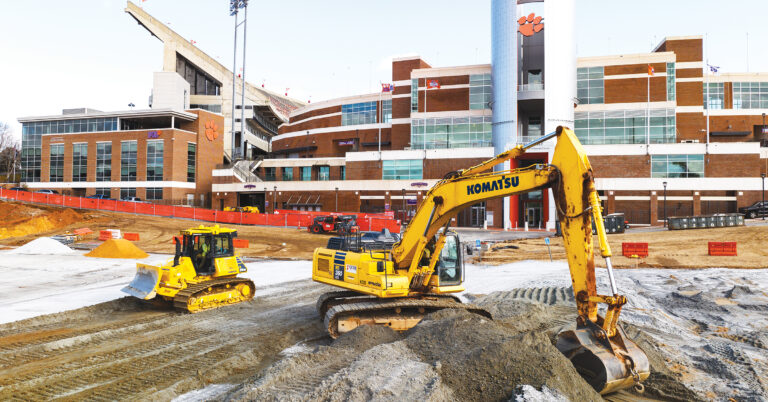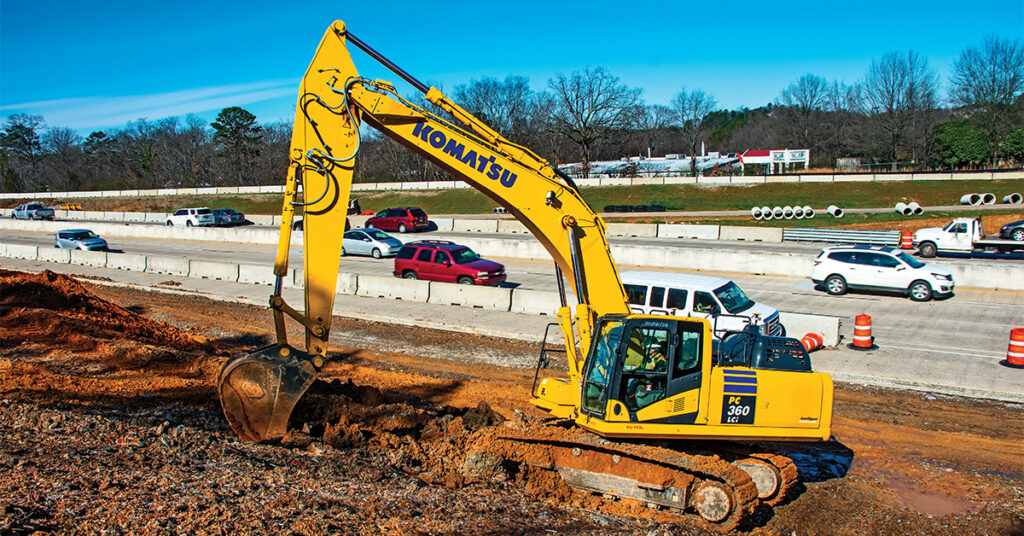
Infrastructure Investment and Jobs Act brings historic investments
The recently passed $1.2 trillion Infrastructure Investment and Jobs Act (IIJA), aka the Bipartisan Infrastructure Deal, will reauthorize surface transportation programs for five years and invest $110 billion in additional funding to repair America’s aging roads and bridges. With nearly $40 billion dedicated to the latter, that is the single, biggest investment in bridges since the construction of the interstate highway system in the 1950s, according to the Biden administration.
Transportation safety programs will see $11 billion in funding, including $5 billion for the new Safe Streets and Roads for All program, established to help states and localities reduce crashes and fatalities in their communities. Another new program provides grants to community-owned utilities to replace leaky and obsolete cast iron and bare steel natural gas pipelines. In total, the infrastructure bill is projected to more than double funding directed to programs that improve the safety of people and vehicles.
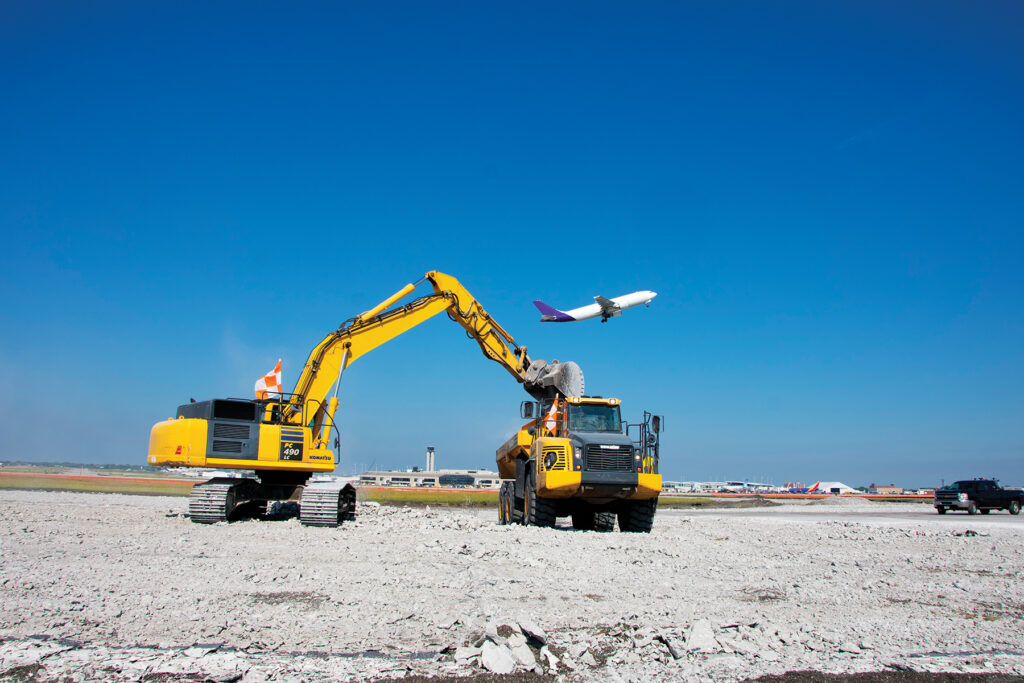
Largest outlay for water systems
The spending package also includes the largest investments in other infrastructure systems. To expand access to clean drinking water for households, businesses, schools and child care centers all across the country, $55 billion will be dedicated to address water contamination and the replacement of lead pipes.
IIJA sets aside $50 billion to protect against droughts, floods and wildfires, as well as weatherization, in an effort to increase the resilience of physical and natural systems from extreme weather events.
Modernizing for the 21st century
With major investments to connect rural areas, low-income families and tribal areas, $65 billion will be dedicated to expanding broadband internet access. The bill includes provisions to make internet service more affordable and easier to compare prices.
An additional $65 billion will modernize the nation’s power grid and build thousands of miles of new, resilient transmission lines to facilitate the expansion of renewable energy.
Updates to the nation’s power grid should allow more electric vehicles to be charged, and IIJA provides $7.5 billion to build the first-ever national network of electric vehicle (EV) chargers in the United States. This funding includes the deployment of EV chargers along highway corridors to facilitate long-distance travel, and within communities to provide convenient charging where people live, work and shop.
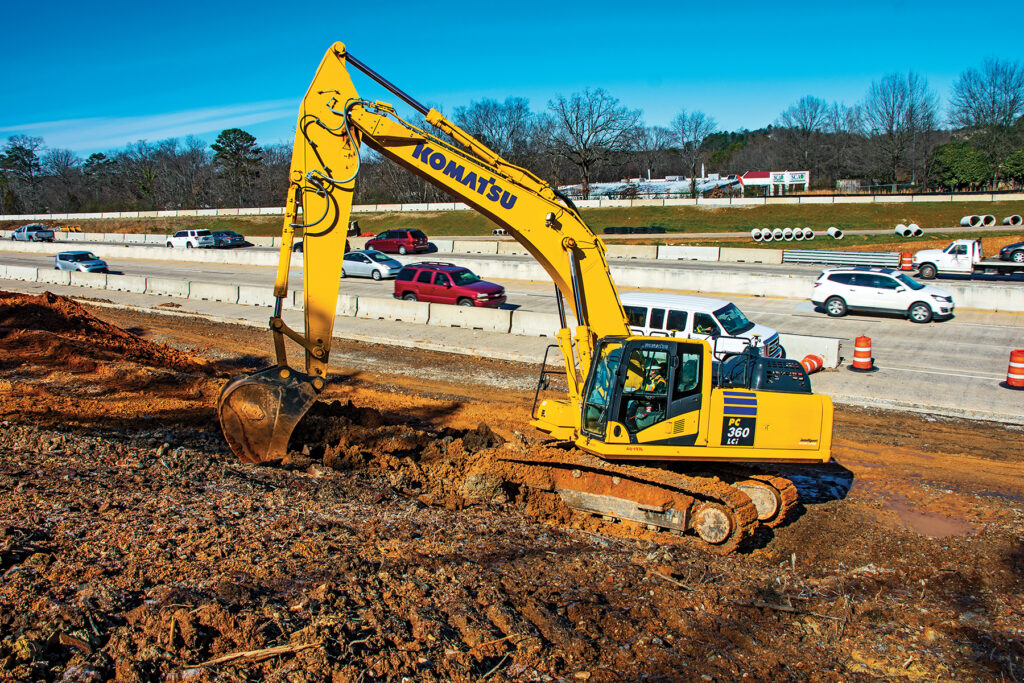
Updating public transit
In total, the new investments and reauthorization in IIJA guarantee $89.9 billion in funding for public transit over the next five years — the largest Federal investment in public transit in history. The legislation will improve accessibility to all users, bring transit services to new communities, and replace thousands of deficient transit vehicles with clean, zero-emission vehicles.
The legislation also invests $66 billion in rail funding to eliminate the Amtrak maintenance backlog, modernize the Northeast Corridor, and bring service to areas outside of the northeast and mid-Atlantic. Airports will get $25 billion to address repairs, reduce congestion, and drive electrification and other low-carbon technologies.
Job openings
Additionally, the infrastructure bill will drive the creation of good-paying union jobs and grow the economy sustainably and equitably. Combined with the President’s Build Back Framework, it is estimated that on average, 1.5 million jobs per year will be added for the next 10 years.
Opportunities for construction workers, truck drivers, architects, mechanical engineers and cybersecurity analysts, among others, are likely to increase.

